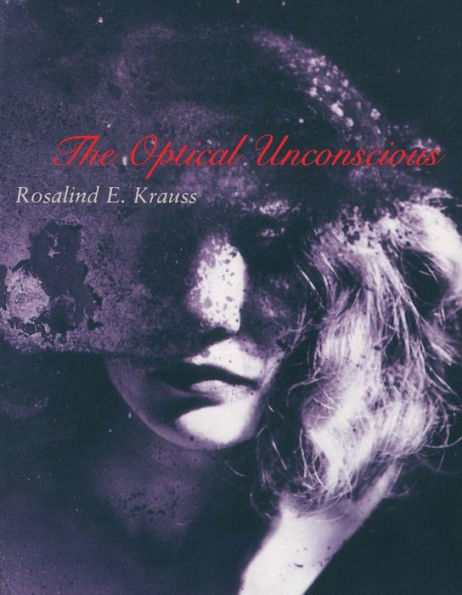5
1
9780262611053


The Optical Unconscious / Edition 1 available in Paperback

The Optical Unconscious / Edition 1
- ISBN-10:
- 0262611058
- ISBN-13:
- 9780262611053
- Pub. Date:
- 07/25/1994
- Publisher:
- MIT Press
- ISBN-10:
- 0262611058
- ISBN-13:
- 9780262611053
- Pub. Date:
- 07/25/1994
- Publisher:
- MIT Press
60.0
In Stock

Product Details
| ISBN-13: | 9780262611053 |
|---|---|
| Publisher: | MIT Press |
| Publication date: | 07/25/1994 |
| Series: | October Books |
| Edition description: | Reprint |
| Pages: | 366 |
| Product dimensions: | 7.00(w) x 9.00(h) x 0.88(d) |
| Age Range: | 18 Years |
About the Author
What People are Saying About This
From the B&N Reads Blog
